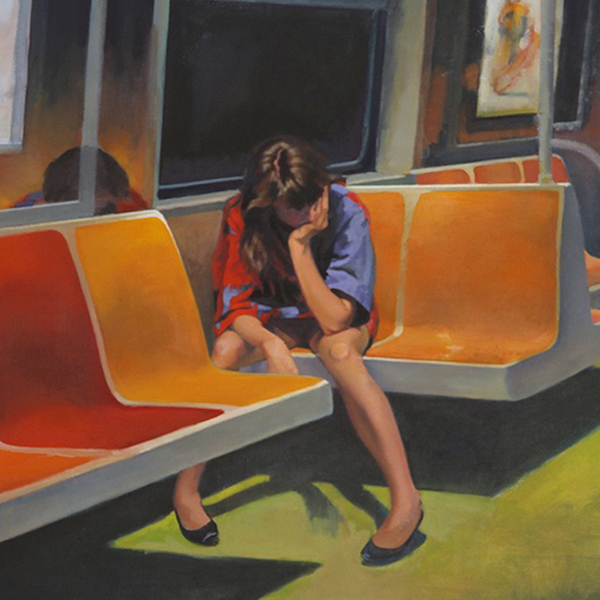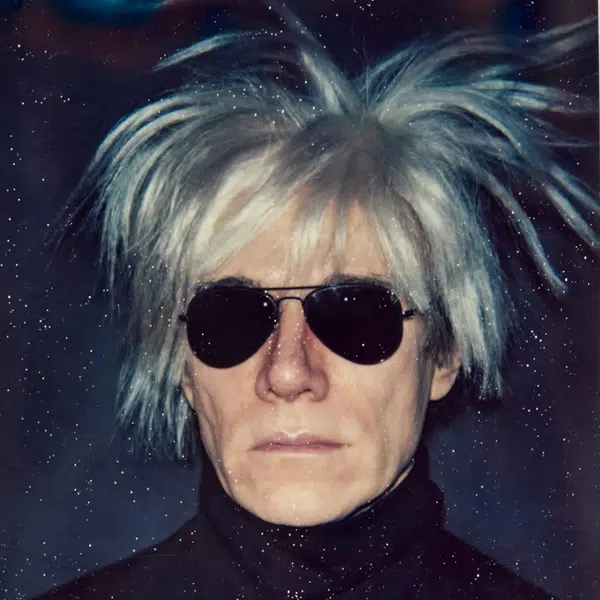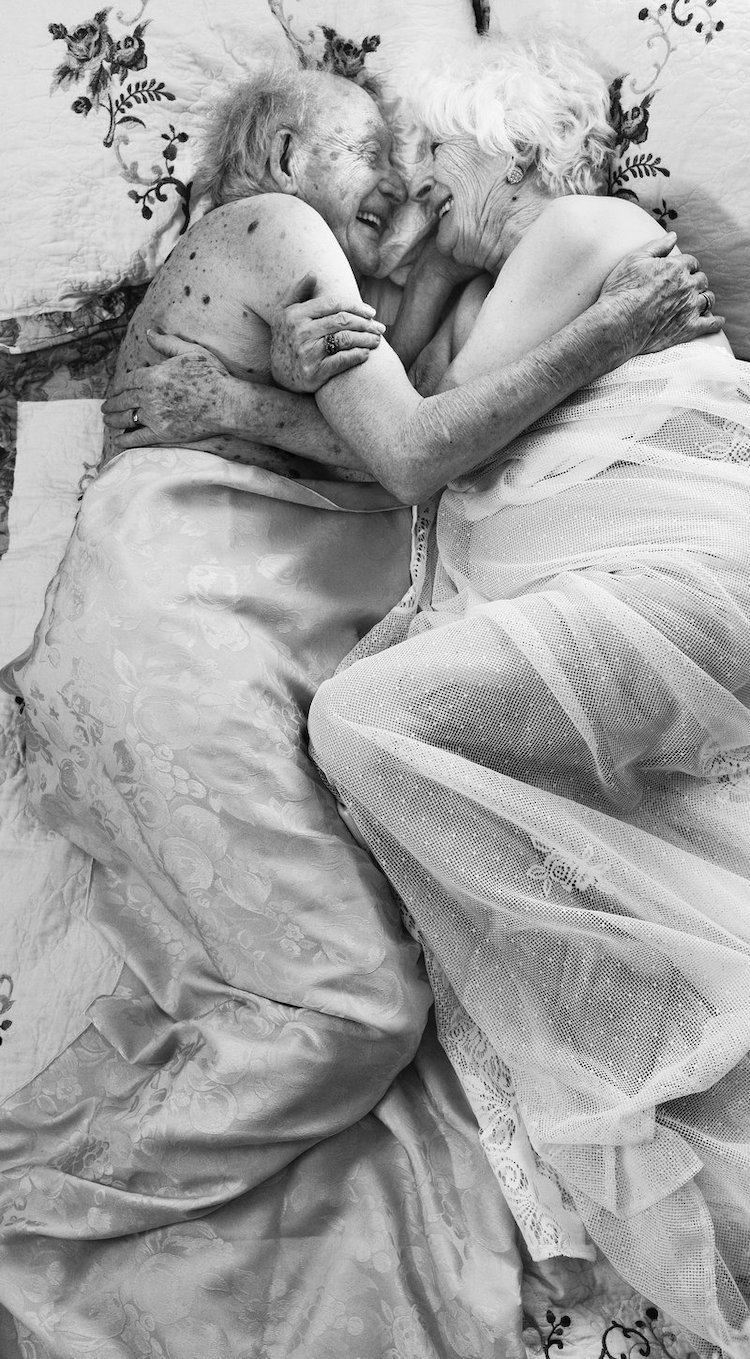
When compared to the young, senior citizens are less likely to have their picture taken and have their stories told. Our culture is fixated on what's new and vibrant with people in their teens or twenties falling into these categories. But as photographer Arianne Clément shows, we should pay attention to those who have been alive for more than half a century—not only can we learn a lot, but seeing this group thriving can change your attitude towards yourself as you age.
Clément’s senior citizen portraits showcase the beauty routines as well as the desire that older couples have for one another. Her images are intended to question the standards that we, as a society, place on aging. These arbitrary conditions, that seem to imply that with age comes less desirability, are shattered through her portraits. Clément demonstrates that no matter how old we are, we still want to look good for ourselves (and others), and express love while being loved. The striking images offer a candid view into the private lives of her subjects and a powerful reminder that age truly is just a number.
We spoke to Clément about her work as well as another photography series—also dealing with age—that’s on the horizon. Scroll down to read My Modern Met's exclusive interview.

An encounter with a 102-year-old woman named Marie-Berthe was revelatory for you. Can you describe what happened and why you found it so enlightening?
When I photographed Marie-Berthe, I was amazed by her ease in front of the camera. She acted like she was a young glamorous actress who feels sexy and attractive even though she was 102. It's rare to photograph someone as comfortable as she; and, considering her age, it was very inspiring. She showed me (and a lot of people by now) that beauty is a state of mind, an attitude, something that has nothing to do with age, but everything to do with confidence.
How did you find people to photograph for this project?
I found most of my models through social media. They were willing to participate in the project because they knew my work and understood what the project was about; they wanted to redefine the conventions around beauty and inspire other women.
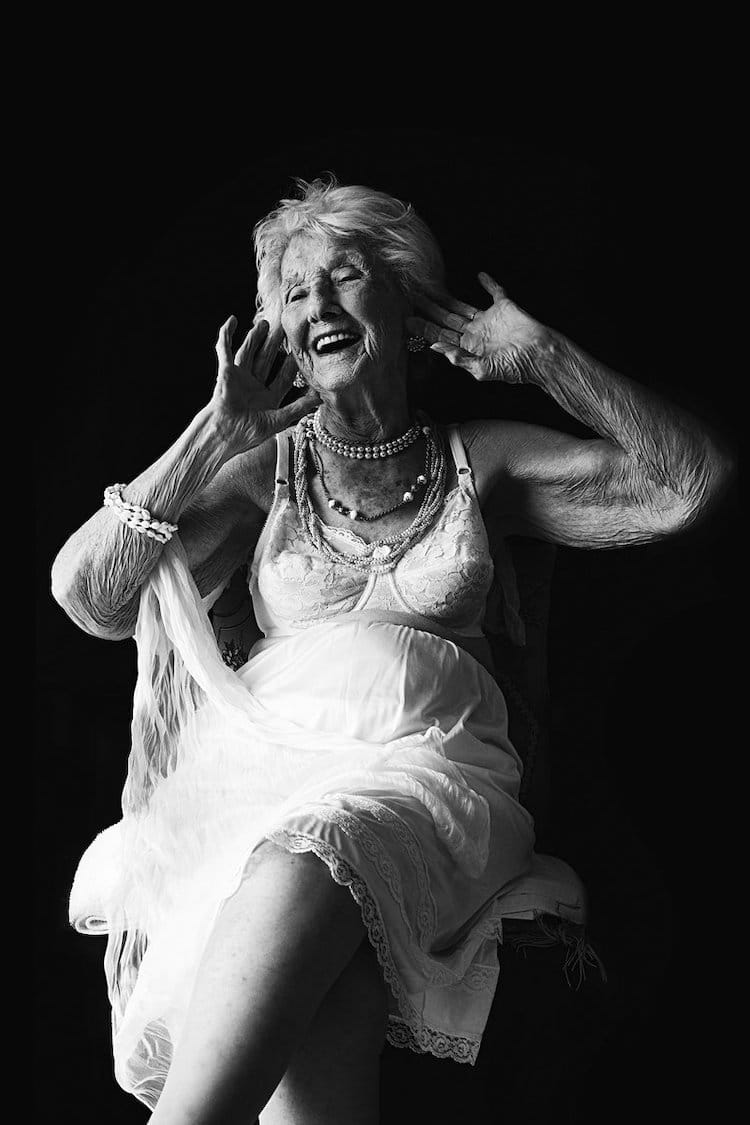
What kind of trust did you have to build with them to allow them to be so vulnerable in front of your lens?
The vulnerability you are referring to came very naturally, possibly because of the nature of the project. I think I am a respectful woman and photographer and I like to create a safe space for my models. I never push them, I respect their boundaries and I don't publish anything they're not comfortable with.
Your portraits, in a sense, are a criticism of the narrow beauty standards that exist in our society today. Based on what you've learned from your subjects, how do you think our lives would be improved if we let go of these standards?
If only we could accept ourselves, our bodies, the way they are, we would save so much time and money! I don't think anybody (but the beauty industry) takes advantage of the shame and stress surrounding appearance. It's heartbreaking to think that many of us go through life worrying constantly about the way they look instead of focusing on fulfilling things. Life is too short. Everyone would benefit from more freedom, independence, self-love.
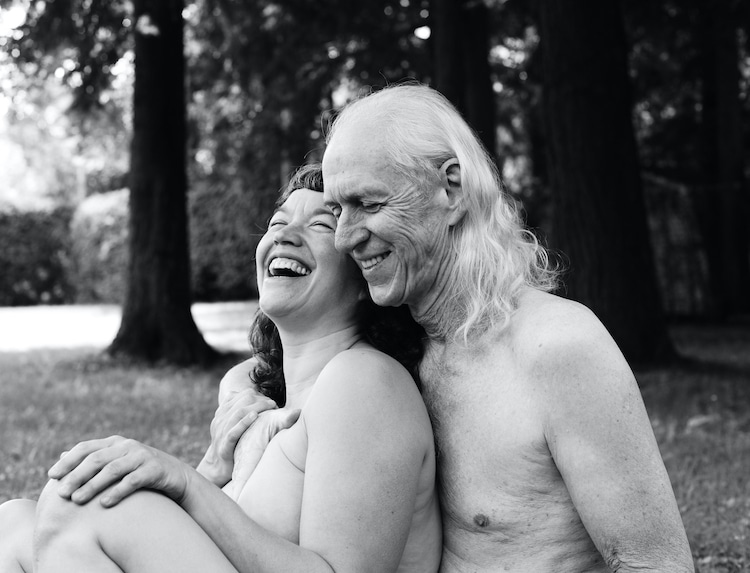

Why do you portray your models in black and white?
I have always been a black and white photographer. I started with analog photography in university, which I pretty much spent in the darkroom. It's the way I learned photography; I look at lights, the shadows, and the contrast and barely notice the colors. I admire color photographers but I found my images to be more powerful when in black and white.
What do you hope people take away from your photographs?
I certainly hope that my photographs make people feel better about aging. I also hope that they raise awareness about certain challenges related to aging.
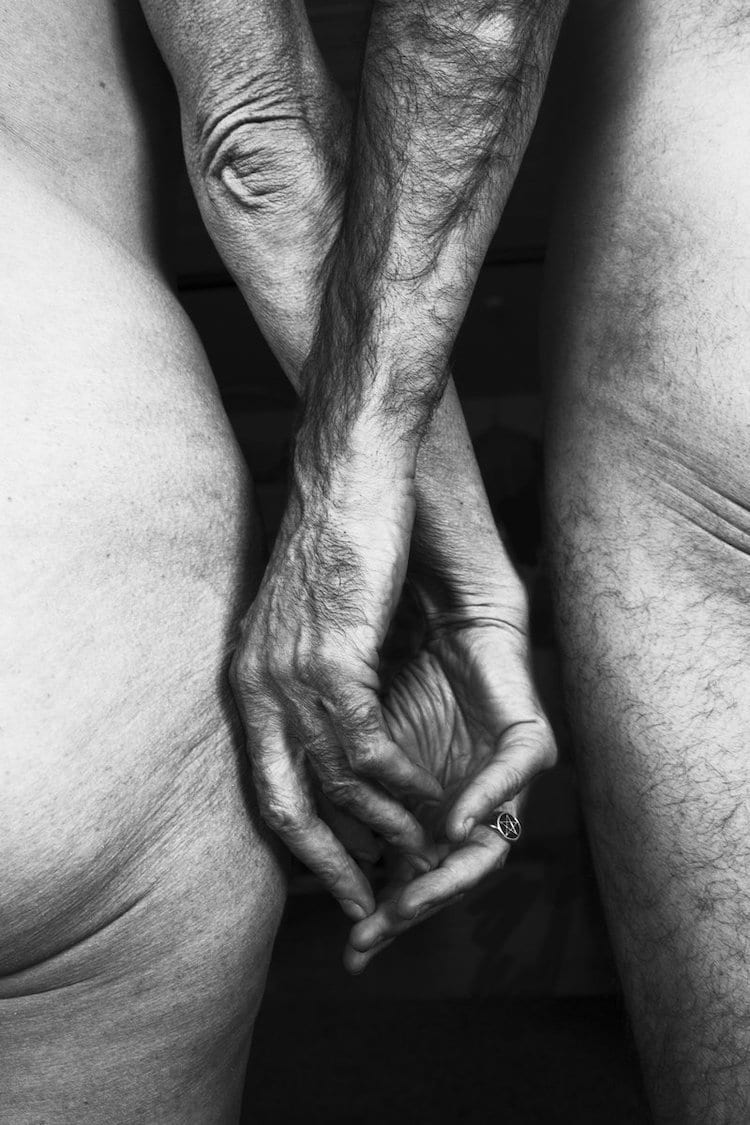
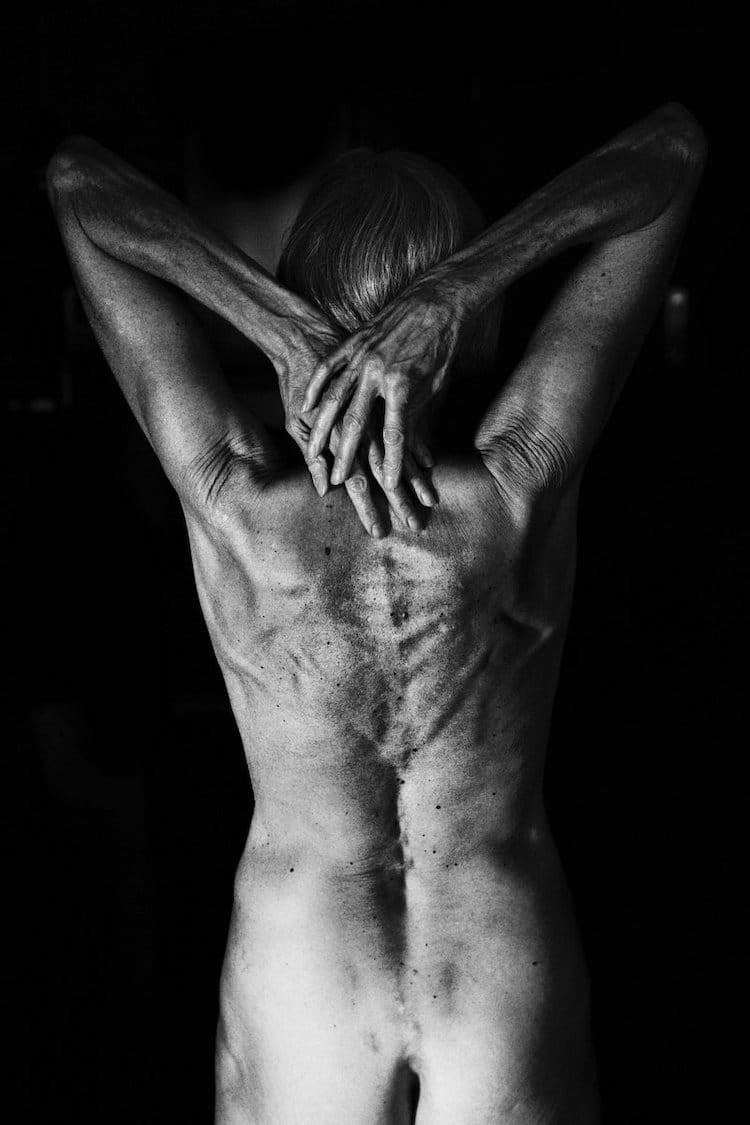
What are you working on now? Anything exciting you can tell us about?
I'm working on a project on the Blue Zones.
The Blue Zones are a concept that appeared in 2005 following a publication in the National Geographic Magazine, regarding regions in the world where there are the highest concentrations of very old people. The inhabitants of these regions share lifestyle characteristics that contribute to their exceptionally long life expectancy.
Demographers Gianni Pes and Michel Poulain focused first on seniors in the Sardinia region, an island of Italy, then observed similar longevity in the elders living off the islands of Okinawa, Japan, and Ikaria, Greece, as well as on the Nicoya Peninsula, Costa Rica, and in the city Southern California from Loma Linda, United States. I went to the five zones and finished my travels in late December of 2019. I am now editing the photos and putting the story together and hoping to find publishers as well as places to exhibit the story.
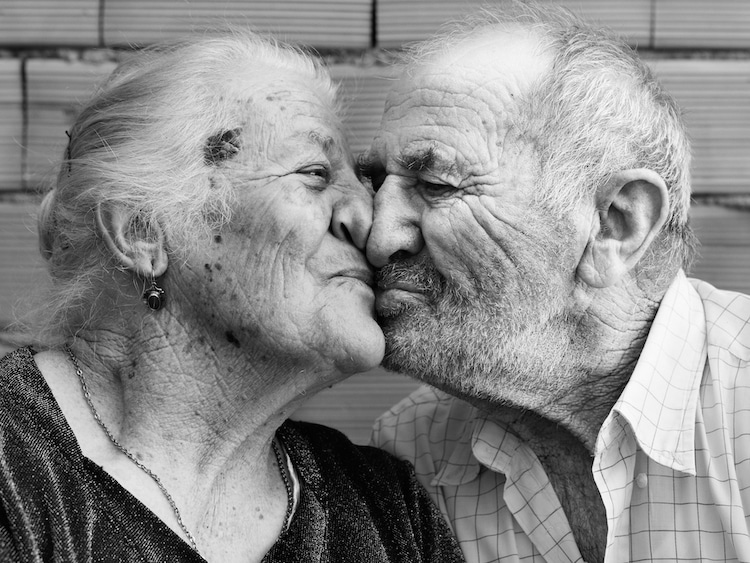
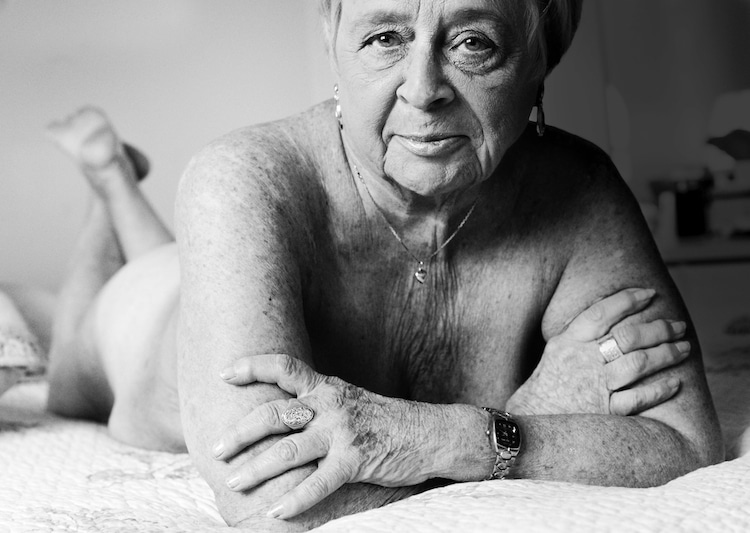
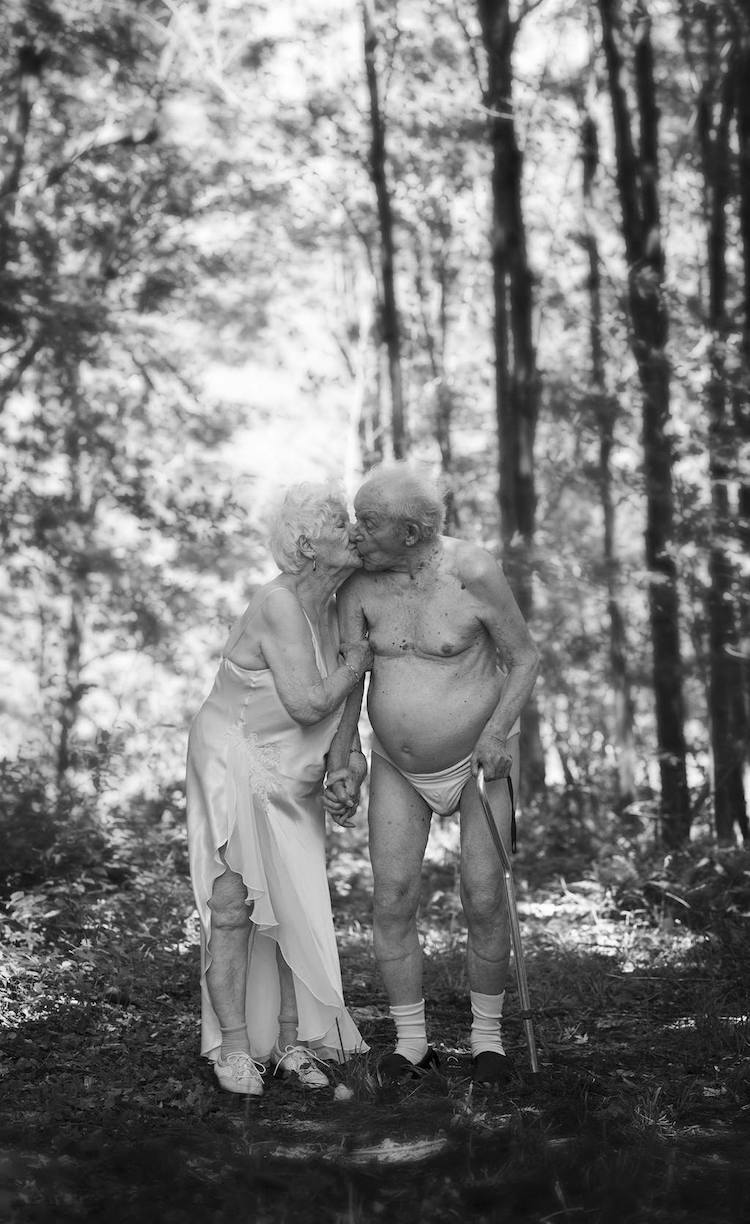

Arianne Clément: Website | Facebook | Instagram
My Modern Met granted permission to feature photos by Arianne Clément.
Related Articles:
Senior Citizens Learn to Graffiti in Creative Workshop That Aims to Banish Ageist Stereotypes
Senior Citizens Reveal What Tattoos Look Like on Aging Skin
Heartwarming Photos of Seniors Smiling Show There’s No Age Limit to Feeling Joy
Modeling Agency Is Redefining Beauty Standards by Only Signing Models 45 Years or Older




















































































